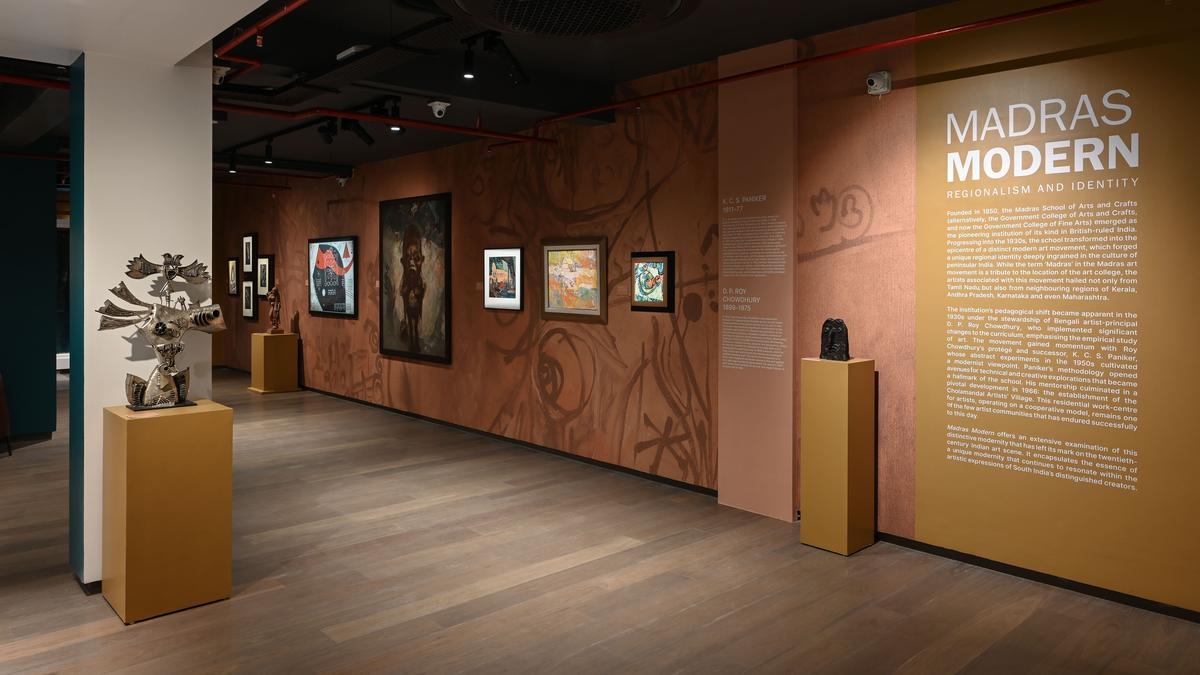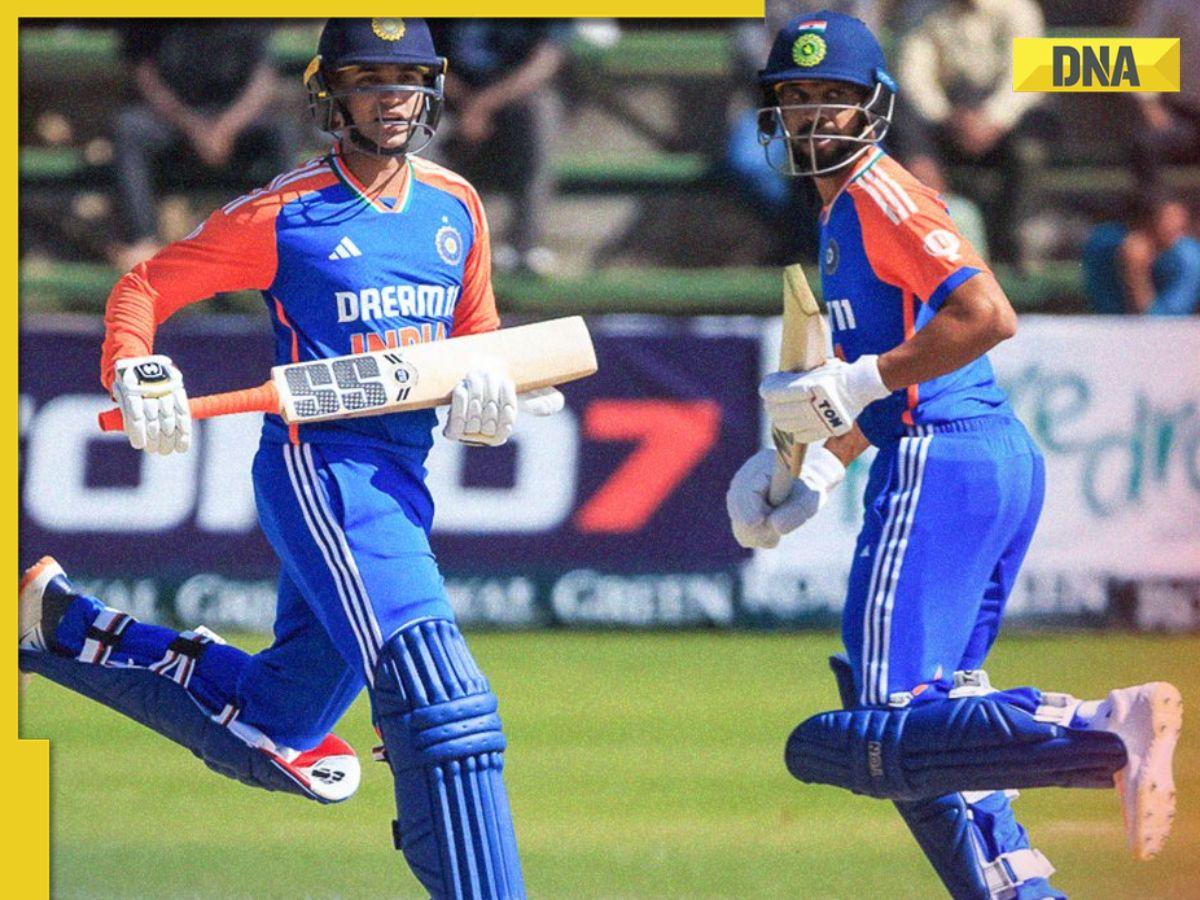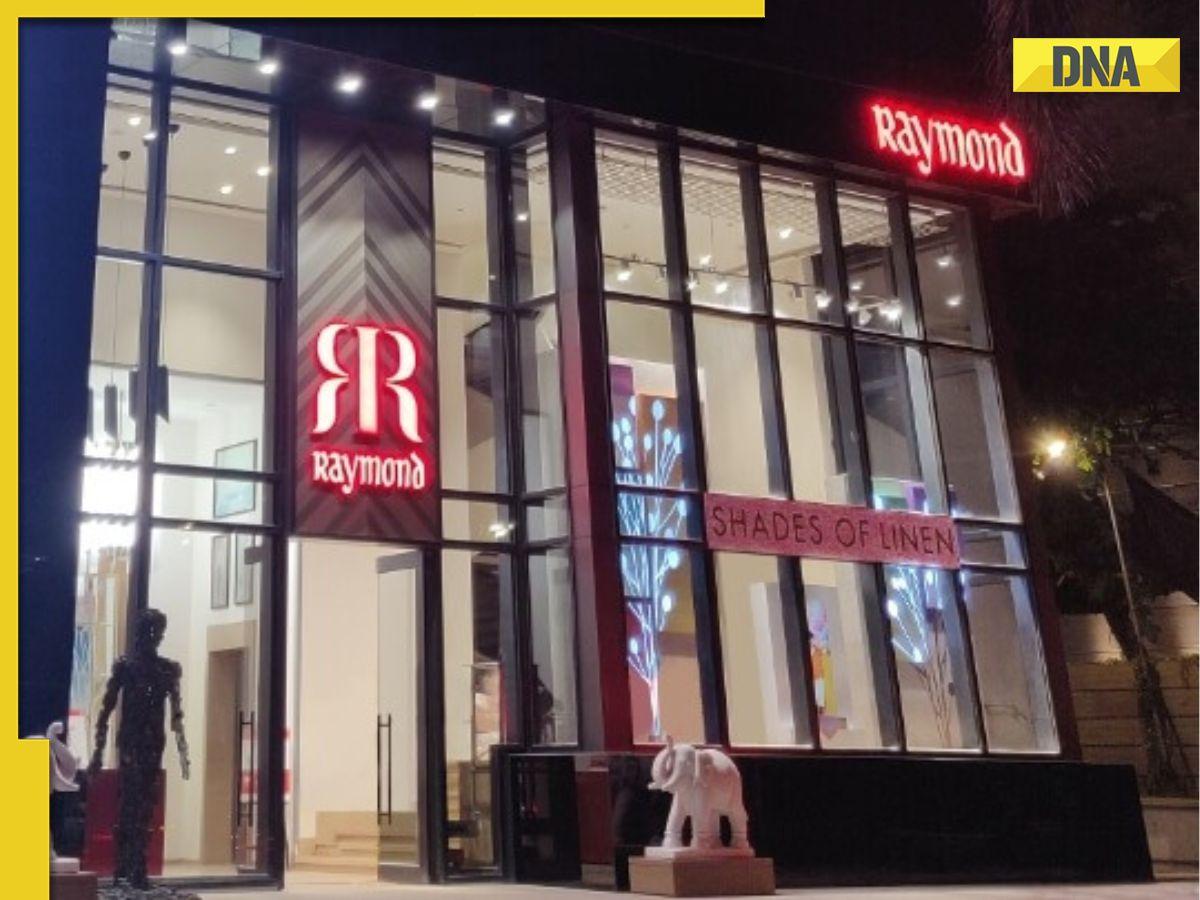
To condense an art movement that spanned decades and ideologies, and gave Modernism a new visual language in India, into the confines of a gallery is a mammoth task. In the second edition of Madras Modern: Regionalism and Identity, at Delhi’s DAG, canvases lend a birds-eye view into a practice that took pride in its Indianness. They speak volumes of a late modernist movement that originated in South India, more specifically then-Madras.
The Madras Art Movement of the 1960s, fading traces of which are still seen in the isolated, and now-changed Cholamandal Artists’ Village in Chennai, was a pivotal moment in the art history of South India, its roots firmly planted within the picturesque campus of the Government College of Fine Arts, Egmore. Under the watchful and guiding eyes of artist-teacher KCS Paniker, the movement sought to decry the omnipresent colonial gaze, and find a new language that was unapologetically Indian, deriving largely from the region’s cultural heritage. From DP Roy Chowdhury’s unparalleled command over shadows and light, and his student Paniker’s innovative use of text, lines and striking colors, to a more modern language of abstraction by L Munuswamy, and intricate sculptures of Dakshinamoorthy, Madras Modern attempts to show facets of a movement through a two-part exhibit.
“The first iteration was in Bombay in 2019. Typically, we take historical perspectives of such movements, whether it is the Bengal school, Shanitiniketan or the Bombay Progressives. It was instinctive for us to try and cover all parts of central history to get into the Madras Art Movement,” says Ashok Singh, Senior VP at DAG who was also involved in the curation of this show. Though slightly more edited than the first, the artists on display remain the same. “The bulk of it comes out of DAG’s own inventory, and where we were not able to fill a void, was in the women’s voice,” says Ashok. The book, published alongside the first edition, was written by Ashrafi S Bhagat and is a comprehensive explainer of the Movement and how it influenced contemporary art in India, with a peek into some of the exceptional works that were born out of the school.
Locating a movement as vast as this one historically is important for the curation, says Ashok. “We had initially begun with Paniker, but that would not have provided a clear sense of history of how the Madras school of art received this huge boost when Roy Chowdhury reinvigorated the Visual Arts Department of the Government College of Fine Arts.
. His pedagogy led to the excellence of someone like artist-teacher Paniker.” And a later exhibition in London where a critic exclaimed, ‘while the work was excellent, where was India in it?’, proved as a trigger point for this shift in perspective.
“This set him off on a search,” he continues. Having found that pivot, he encouraged fellow artists to create art around the new direction. “This led to a clear sense of regionalisation and a focus on the written word and letter, and the line,” says Ashok adding that they walked through the movement with artists from various paradigms, including the vast gamut of sculptural practice. The curation also looks at figuration, and how the immediate environments of the Cholamandal Artists Village and its surroundings, shaped the bodies of work, making it more local. “Then there are the abstractionists like C Douglas,” says Ashok. Later artists, some of whom are descendants of the pioneers, like Paniker’s son S Nandagopal, who have taken this legacy forward through a language more contemporary, have also marked their presence in the collection.
“The foundation of the movement was so strong that each artist was able to find something to take forward. And that is the best form of legacy,” says Ashok.
Madras Modern: Regionalism and Identity is on show till July 6 at DAG, New Delhi. This exhibition offers an extensive look into a cultural renaissance that redefined modernism within the Indian art scene. For art enthusiasts and scholars, this represents not just an exhibition but a crucial historical narrative that showcases the depth and diversity of Indian modernist expression. As each artwork unfolds, it revives the history and the artistic endeavors that make up the essence of the Madras Art Movement, celebrating its influence and its evolution over decades.










